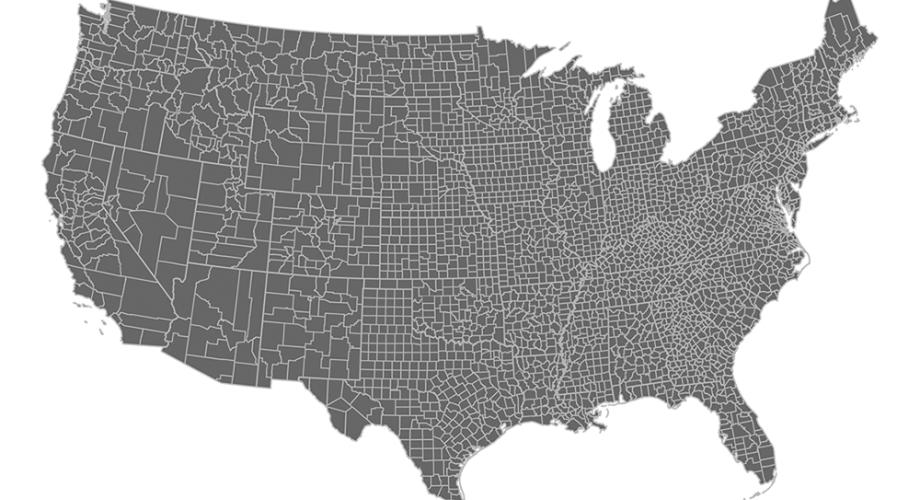Redistricting Update
Redistricting has been at the center of several recent court cases and these cases may have implications for the 2024 US congressional elections. In its latest term, the U.S. Supreme Court delivered several consequential rulings on redistricting.
North Carolina
The U.S. Supreme Court upheld the authority of state courts over elections in a 6-3 ruling in Moore v. Harper. Therefore, the North Carolina state legislature is set to change its congressional district lines for the 2024 election. The Republican majority in the North Carolina legislature could seek to reinstate their original map, which favored their party in 10 of 14 districts, or they could draw a new one. Democrats and Republicans split 7-7 under the 2022 map. These changes to the existing North Carolina congressional map could have a dampening effect on the reelection prospects of first-term Democratic Reps. Wiley Nickel, Jeff Jackson and Don Davis.
Ohio
In Ohio, the current congressional map was declared illegal by the state’s Supreme Court in 2022, although it was still used in the last cycle since the timing was too close to the election. While Democrats overperformed and won three of Ohio’s swing battleground districts, Republicans now have a chance now to redraw a congressional map that helps them play to their strengths. Due to results from the 2022 elections, Republicans in both Ohio and North Carolina enjoy a state Supreme Court edge, giving the GOP reason to presume the changes they make to congressional maps will stand.
The Landscape
While Republicans are expected to pick up House seats in Ohio and North Carolina by changing the existing congressional maps ahead of the 2024 election, potential gains may be offset by the results from Democrat-led congressional redistricting cases in 10 other states.
Alabama
In June, the U.S. Supreme Court in Allen v. Milligan reaffirmed a provision of the Voting Rights Act that allows minority voters to challenge voting maps that hinder their collective ability to elect their chosen candidates. In a 5-4 decision, the Supreme Court ruled that Alabama’s Republican-controlled legislature likely violated the law by diluting the power of Black voters when drawing its congressional district lines after the 2020 census. Alabama, a state with African Americans representing over a quarter of its population, has seven congressional districts – and only one is represented by a Democrat and contains a majority of Black voters. This ruling compels the legislature to redraw its congressional map and add a second predominately Black district, likely impacting either Republican Reps. Jerry Carl or Barry Moore from Alabama’s 1st and 2nd congressional districts, respectively.
Despite this recent Supreme Court decision, Alabama’s legislature adopted a new map on July 21 with only one majority-Black district and a second district comprised of only 40% Black Americans. The decision to adopt a map that doesn’t meet the standard set by the Supreme Court may backfire on state Republicans. Legal analysts expect this new map to be overturned, as it will go before the same panel of three federal lower court judges that ruled that a second-Black majority district is needed. A rejection of this latest map may necessitate the appointment of a “special master,” who will draw a map of their own without input from state lawmakers.
Louisiana
We may also see a new map appear in Louisiana ahead of the 2024 elections. The U.S. Supreme Court this term lifted its hold on a Louisiana case that could force the state to redraw congressional districts to boost Black voting power. This left in effect Louisiana’s lower court decision, which ordered the state to redraw its map. However, the case will now head to the 5th Circuit of Appeals, a famously conservative appeals court that may look skeptically at a map challenge through the lens of racial vote dilution. Any ruling that orders the creation of a second mostly Black congressional district could impact the reelection prospects of Rep. Julia Letlow (R-La.-5) or NAAPAC champion Rep. Garret Graves (R-La.-6).
New York
In July, the New York appellate court ordered the state to redraw its congressional map for 2024. While this decision is being appealed, it directly threatens Republican prospects for the next cycle and their narrow four-seat House majority. Democrats are targeting the six GOP members in New York congressional districts that President Biden carried in 2020 - Rep. Nick LaLota in district 1, Rep. George Santos in district 3, Rep. Anthony D’Esposito in district 4, Rep. Mike Lawlor in district 17, Rep. Marc Molinaro in district 19, and Rep. Brandon Williams in district 22 – and hope that any new lines drawn by a Democratic state legislature will give them a distinct advantage.
While the NAA Government Affairs team is closely monitoring these redistricting developments, NAAPAC is continuing to support our potentially affected apartment industry allies in both parties. For questions about these court cases and their implications on members of your congressional delegation, please contact Jim Wilson or Rob Johnson.
